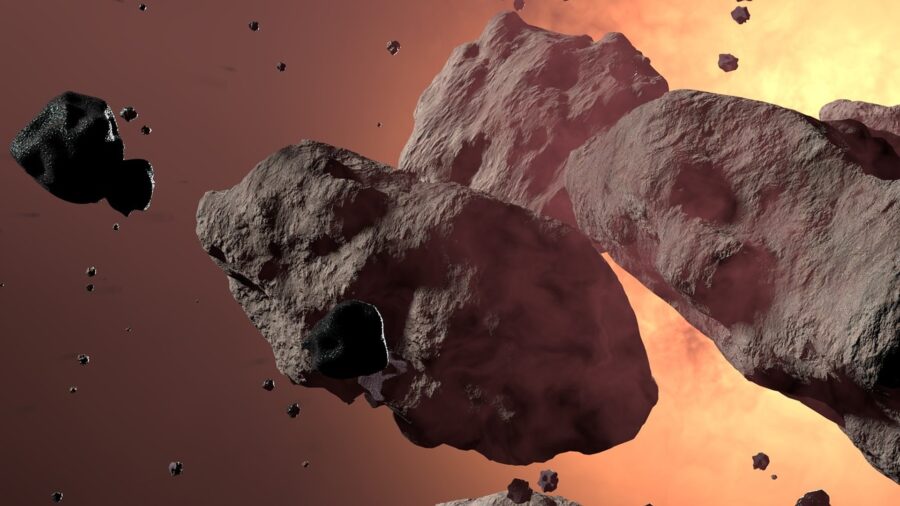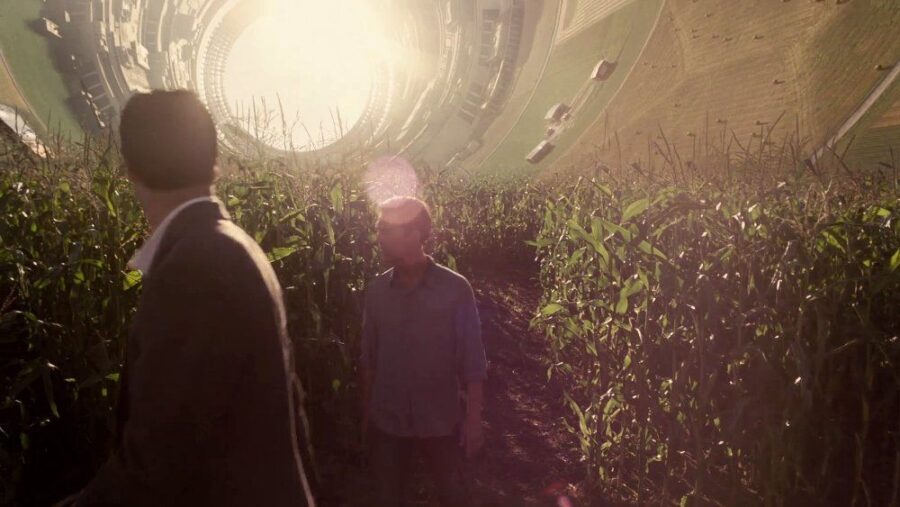Scientists Turning Asteroids Into Cities?
Scientists from the University of Rochester have put forth an incredible and theoretical proposal to build cities on asteroids.
This article is more than 2 years old

The dream of living outside of our own world is an enduring one. There has been no shortage of proposals, including moon bases and Mars colonies. Now, researchers from the University of Rochester have come up with a “wildly theoretical” proposal that they say “lives on the edge of science and science fiction” — they want to take asteroids and turn them into giant, spinning space cities that house human beings.
“We’re taking a science fiction idea that has been very popular recently—in TV shows like Amazon’s The Expanse—and offering a new path for using an asteroid to build a city in space,” said researcher Adam Frank.
The researchers say the study started as a way to “blow off steam” by imagining an outlandish idea while the world suffered through the COVID-19 pandemic. The team of seven researchers was trying to figure out a way to make a theoretical space structure called an O’Neill cylinder without having to transport all of the materials from the Earth. The cost of sending the materials from Earth would be extremely costly, but the scientists wondered whether getting all of the materials from asteroids floating around the solar system would be more cost-effective.
For reference, an O’Neill cylinder (named after physicist Gerard K. O’Neill) is a type of structure composed of two rotating cylinders that are five miles in diameter, each spinning in opposite directions to cancel out gyroscopic effects that might throw the entire structure out of alignment. By spinning, the cylinders create artificial gravity along their inner surface thanks to centrifugal force. Along with showing up in The Expanse, the concept has been borrowed for the film Interstellar, the Mass Effect video game series, and Orson Scott Card’s sci-fi novel Ender’s Game.

Real-life implementation of the idea has been difficult, partly because a five-mile-wide cylinder requires a lot of material to make. At first, the researchers assumed that using asteroids wouldn’t be feasible, since the rocky material (which sometimes is nothing more than a clump of rubble held together by gravity) would not be able to stand up to the forces required to spin the cylinder. In short: spinning the asteroid would break it apart, which is the opposite of what you want a space station to do.
However, the University of Rochester has thought up a way to take advantage of asteroids’ inability to stand up to getting spun: you stick the whole thing in a big bag. Then, when you spin the asteroid, it’ll break apart and its rubble will expand until it reaches the edge of the bag, which will hold it all in place.
Containing asteroids would require a bag made out of carbon nanotubes, which is a little harder to construct than tying together a bunch of plastic Walmart bags. However, constructing and transporting a giant carbon nanotube mesh is a lot simpler than transporting millions of tons of material from earth that can stand up to the g-forces involved.
There are more than a thousand asteroids with a diameter of one mile across or more, so there’s no shortage of candidates for potential bagged space stations. The material asteroids are made out of would also create a natural barrier against cosmic radiation — one of the major obstacles for long-term stays in space. However, we’re a long way off from such an accomplishment — though perhaps not as long as you might think.
“The idea of asteroid cities might seem too distant until you realize that in 1900 no one had ever flown in an airplane, yet right this minute thousands of people are sitting comfortably in chairs as they hurdle at hundreds of miles an hour, miles above the ground,” Frank said. “Space cities might seem like a fantasy now, but history shows that a century or so of technological progress can make impossible things possible.”












